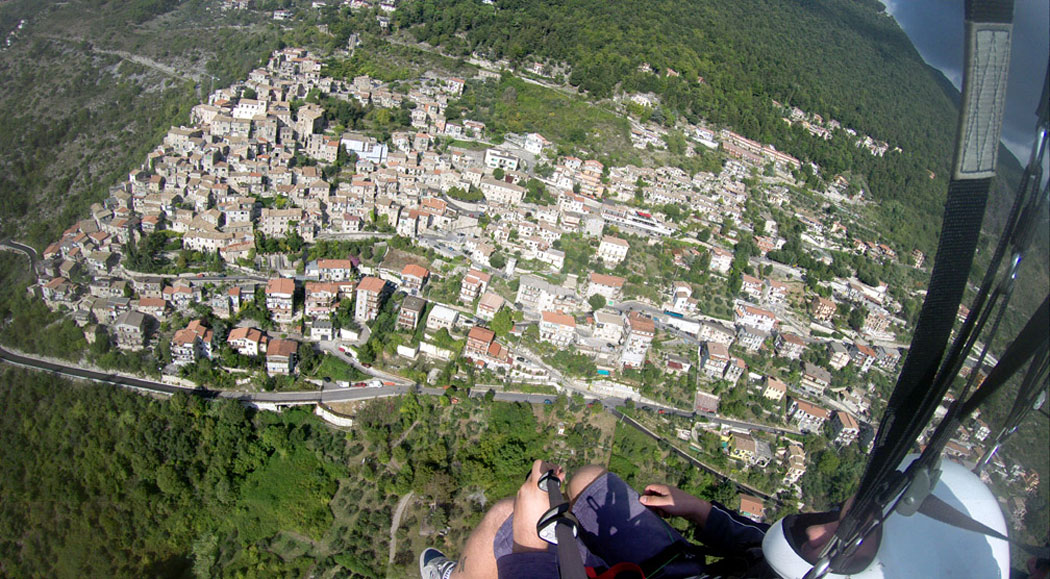

Its origins are very old and date back to the Ernici who built cyclopean (polygonal) walls around the town before being defeated by the Romans in 306 BC. The walls are visible in the hamlet of San Quirico and are typical of towns in this part of southern Lazio.
In the third century AD the Romans arrived, and in the area called 'Grotte' built several villas that remained active until the fall of the empire.
The early medieval settlements on the slopes of Mount Scalambra were favoured by the presence of the main road that connected Rome to Subiaco and Abruzzo and in the sixth century the first settlement arose.
Serrone was an ideal place for meditation and the search for spirituality. San Benedetto apparently built the cloister dedicated to 'San Michele Arcangelo' in early 600s when he retired in contemplation, with three crows, under the mountain. In a rock a hand print is still visible that could belong to the saint.
After the fall of Rome, the population sought refuge in the hills to escape the Barbarians and Saracens and remained under the protection of the Abbey of Subiaco. In fact the Barbarians did capture Serrone which was then ruled by Odoacer of the Heruli and Theodoric of the Ostrogoths.
In 756 Charlemagne gave Serrone to the pope and Serrone entered the nucleus of the future Papal States administered by the Benedictine monks of Subiaco.
The first document dates back to 1085 when Serrone was declared a Castrum and put under the protection of the Abbey of Subiaco, which was again a great feudal power. The document states that a certain Trasmodo of Paliano gave all of Serrone lands to the Monastery of Saint Benedict of Subiaco.
The Castrum of Serrone is a castle built on a square plan with the role to defend the territory. With feudalism Pope Gregory IX put Serrone under the rule of the Counts of Segni, his grandchildren. Later, the family Colonna took over thanks to another pope, Martin V, Oddone Colonna of Genazzano. In 1569 Serrone entered the Paliano principality established by the Pope after the victory over the Turks at Lepanto by Marcantonio Colonna. In the sixteenth century, during a period of prosperity, churches and villages of 'La Forma' and 'San Quirico' were re-arranged along the slope of the Mountain. The Colonna family ruled Serrone until the arrival of Napoleon's troops in 1799 when the castle was destroyed by gunfire.
Serrone is the best place to experience the thrill of flying by paragliding or hang gliding, jumping from Mount Scalambra at three different heights.
From just about anywhere in Serrone, from the old town up to the castle (Colonna Tower), there are magnificent views across and up and down the valleys leading south and up towards Rome.
Each Christmas there is a large full sized Presepe display in the old town with over 150 ‘participants’ representing life in Ciociaria acca Bethlehem. Visitors should also seek out the Theatrical Costume museum near the top of the old town.



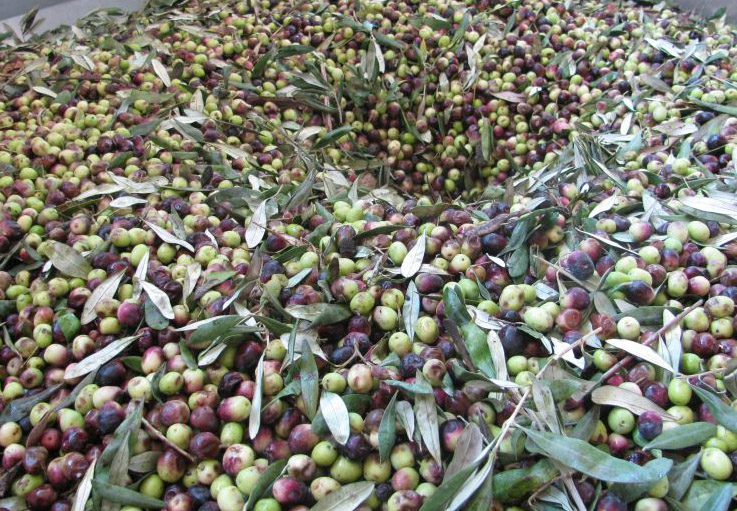




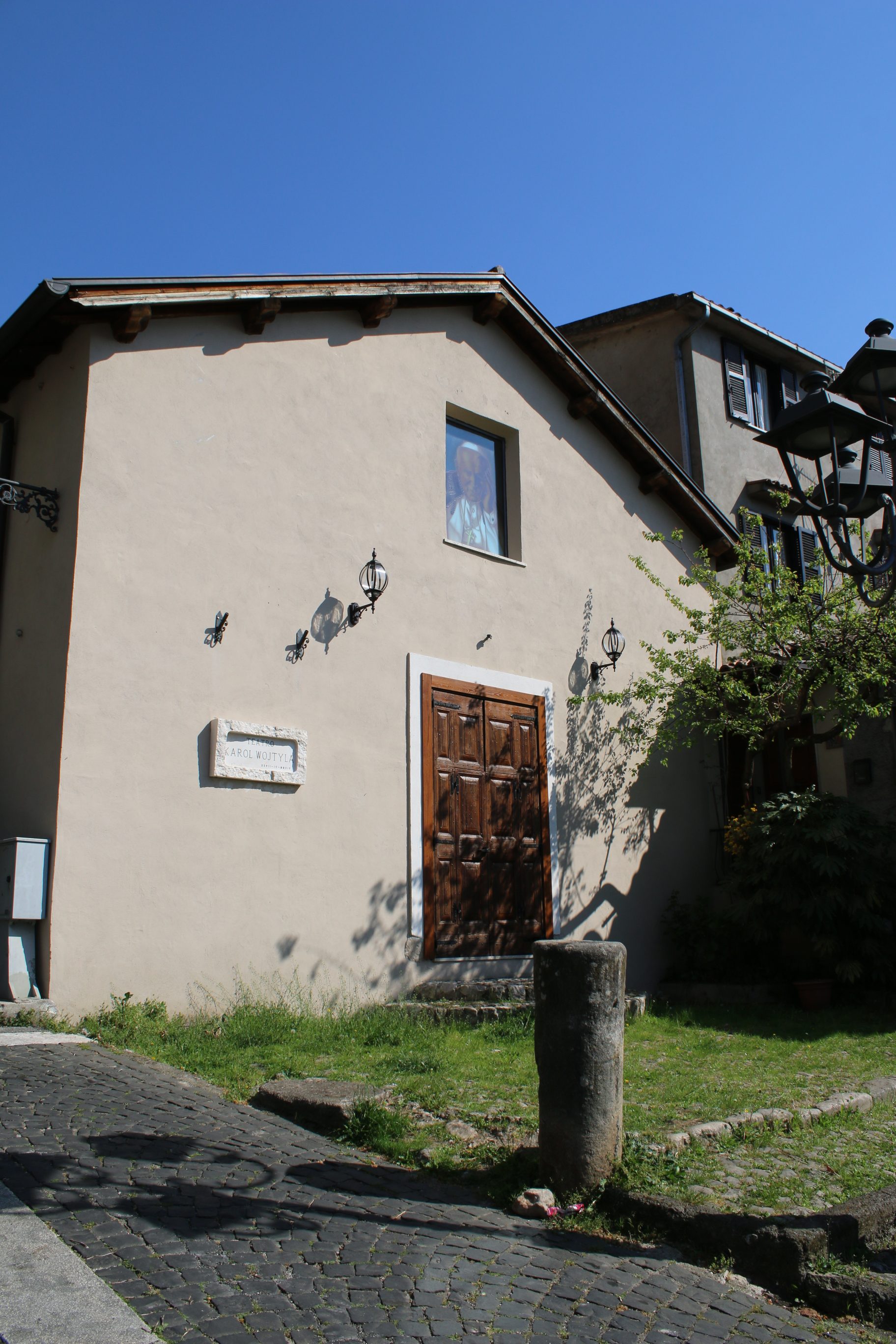








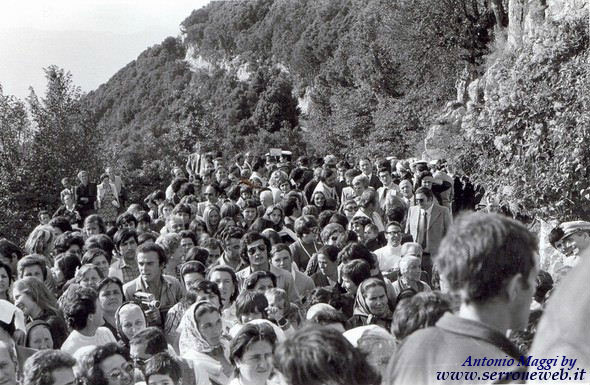
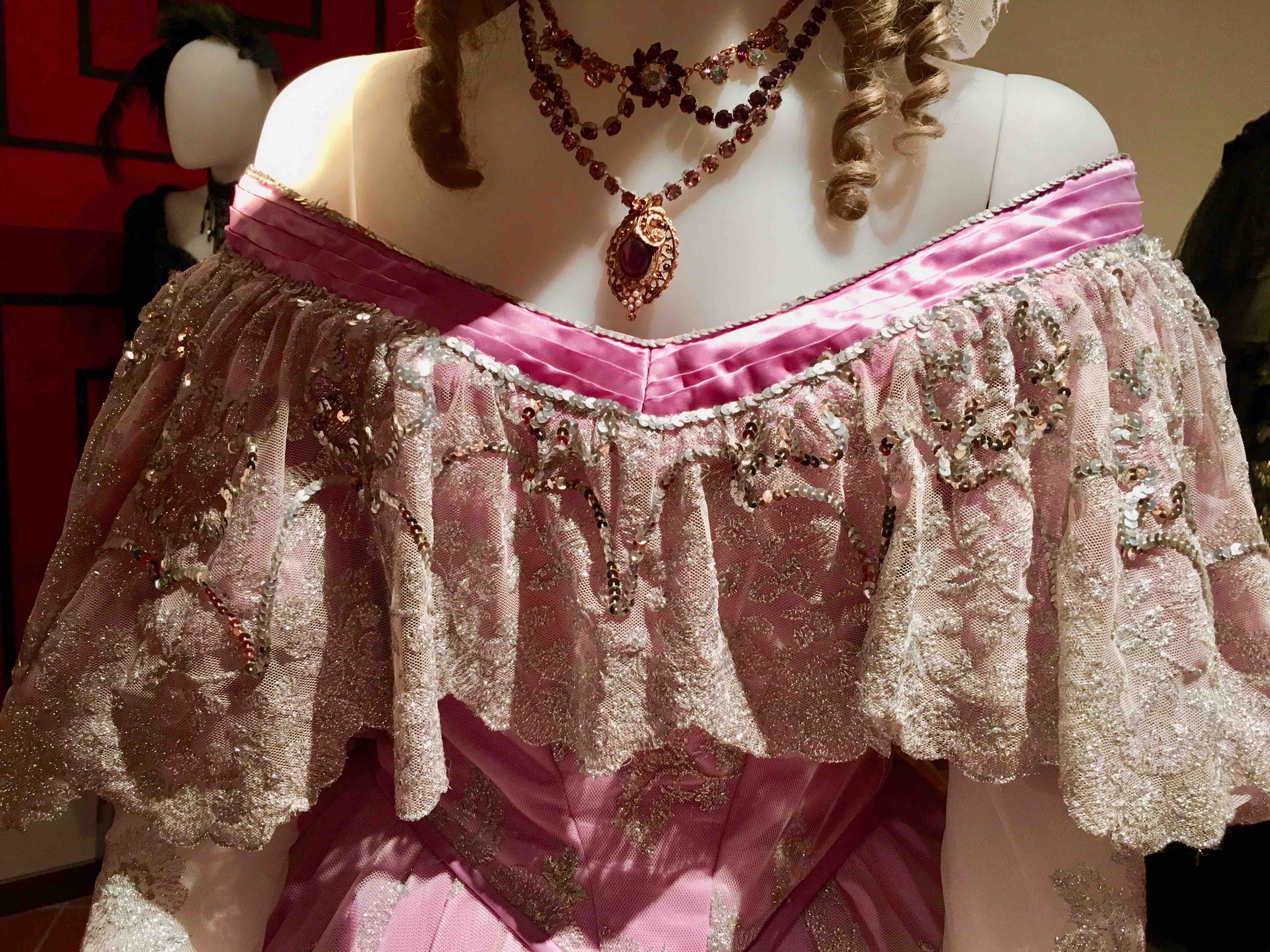


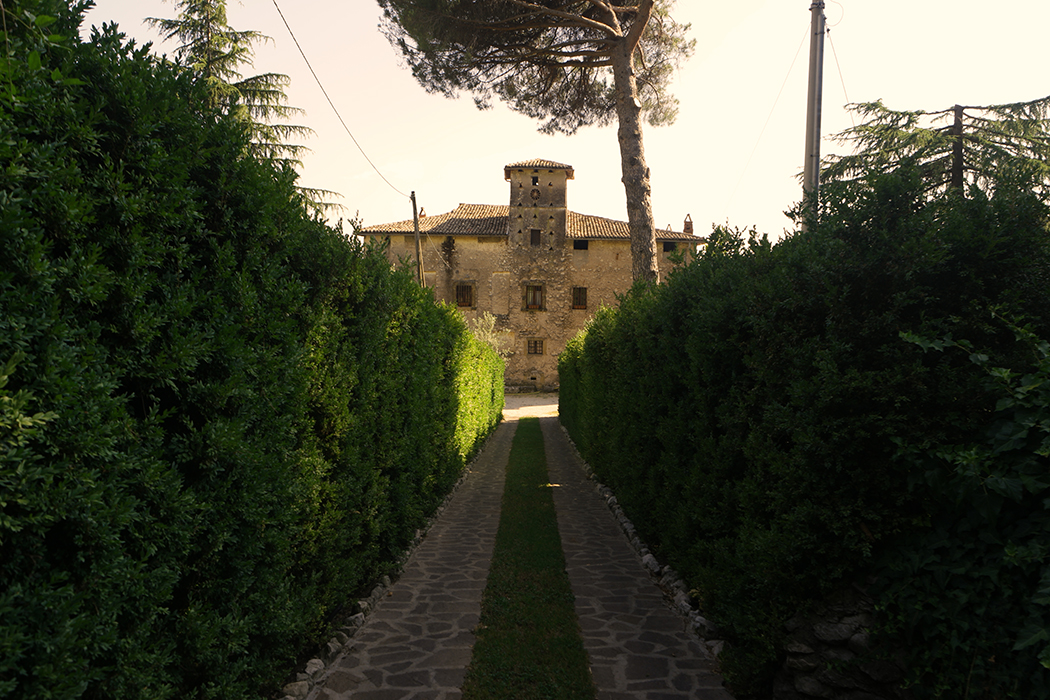







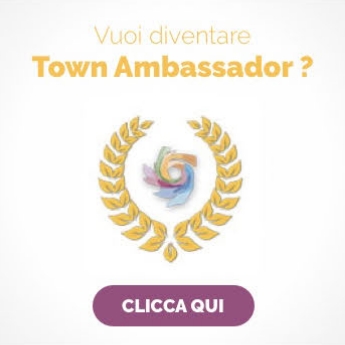


Follow us